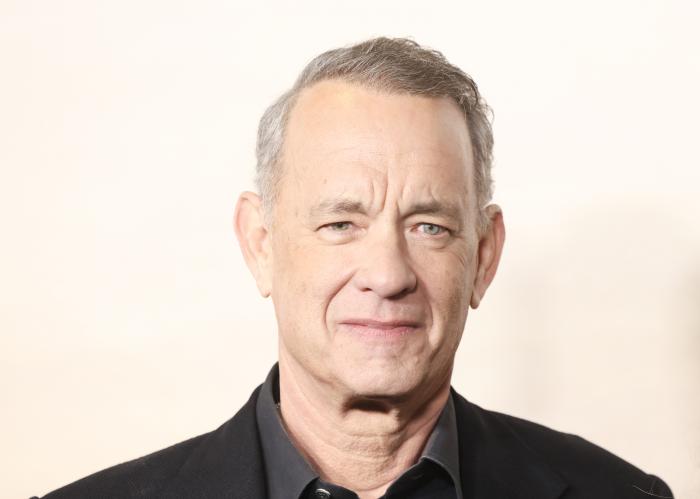

The Faintest Inklings Discussion Questions: 'The Ocean At The End Of The Lane'
By Steven Lloyd Wilson and Joanna Robinson | Books | November 12, 2013 |
By Steven Lloyd Wilson and Joanna Robinson | Books | November 12, 2013 |
We announced a few weeks ago that we’d be starting a Pajiba book club on the site and that the first book up for discussion would be Neil Gaiman’s The Ocean At The End Of The Lane. That’s still happening! Albeit a week later than we originally promised. So here to get you ready for our first Faintest Inklings chat on Friday (and to remind you to finish up the book posthaste), are a few discussion questions to get your book snob juices flowing. See if you can figure out which ones were written by the professorial half of this team. Don’t be intimidated by the snobby nature. This is also going to be a club where you can simply say “I liked it so much” and call it a day. Also, feel free to drop your own discussion questions in the comments below but please avoid majorly spoiling the book for those who haven’t finished yet. And if you haven’t even started the book, fear not! It’s short and you can totally finish in a few days. We’ll see you back here bright and early Friday morning, dearest Inkpots!
1. Things that are bigger on the inside. It’s curious that Gaiman wrote that wonderful episode of Doctor Who that focused on who and what the TARDIS really is, and brought back that notion of inner size to Ocean. There’s an obvious metaphor of how people are bigger on the inside, but it seems there is a deeper metaphor at work as well. Is the ocean Time Lord technology? Is it just a British thing, and colonists just don’t understand?
2. The extraordinary nature of ordinary objects. Think about the way in which Gaiman infuses ordinary objects (flapping canvas, duck ponds, coins, a good, hot meal) with extraordinary purpose. Is this a comment on the idea that there’s magic everywhere if you look close enough? In this world, even the overtly magical things have their roots in science (Mrs. Hempstock and her electron decay; dark matter and string theory). By grounding the mythos in modern scientific understanding of the natural world and filling in the scientific gaps with mythology, Gaiman blurs the line between fantasy and reality. Does that make the story feel more real? More possible?
3. Mother, maiden, crone. Entire books have been written about this, but as always, the importance is in how the story is told, not that it’s something new. Here’s an interesting hook for you: it’s the maiden that saves the boy, not the mother or the crone who should be the nominal protectors. Even in the context of the supernatural saviors, the cold practicality of the adult would let him go, while it’s the child who saves the child. Why?
4. Myth vs. Fairytale. At one point our young narrator (a helpless bookworm) says the following about mythology: “I liked myths. They weren’t adult stories and they weren’t children stories. They were better than that. They just were.” Gaiman has shied away from calling this particular book a fairy tale. Would it be more accurate to call it a myth?
5. The role of adults. Doesn’t it just eat at you that the parents are given such a short shrift? This isn’t Gaiman’s first novel with that angle, and adults are classically the enemy or at least indifferent quantity in fairy tales. But there’s a clever disconnect here in the metaphor Gaiman gives that no one really grows up and is still the same child inside. Isn’t that metaphor the counterargument for the novel’s condemnation of the actions of the parents?
6. This book’s place in the canon. How does this rate to Neil Gaiman’s other books? Do you like it better than your favorite? Is this your new favorite? What is your favorite?
7. Why is the ending so sad? This ending should be happy - a novel that celebrates the wonder of being a child, argues that we always stay that child, but just makes you want to cry by the end. What if it is not a celebration of being a child, but a mourning of those who never are anything but for all their lives?
8. What’s that kid’s name? Our young narrator doesn’t have a name, actually. How do you feel about that? Cheap trick? Effective way to get you to relate? You didn’t notice at all?
9. Be prepared to integrate your previous answers with this Heinlein quotation:
“Anybody can look at a pretty girl and see a pretty girl. An artist can look at a pretty girl and see the old woman she will become. A better artist can look at an old woman and see the pretty girl that she used to be. But a great artist-a master-and that is what Auguste Rodin was-can look at an old woman, portray her exactly as she is…and force the viewer to see the pretty girl she used to be…and more than that, he can make anyone with the sensitivity of an armadillo, or even you, see that this lovely young girl is still alive, not old and ugly at all, but simply prisoned inside her ruined body. He can make you feel the quiet, endless tragedy that there was never a girl born who ever grew older than eighteen in her heart…no matter what the merciless hours have done to her.”
← Jennifer Lawrence Thinks You're Going To Get Sick Of Her. Not Likely. | When Reporting on Affairs and Wrecked Homes, I Can't Help But Notice Someone is Always Left Out... →
More Like This
Anna Marie Tendler Is Still Not Okay
Elaine May, Carl Hiaasen, Hellsing: Pajiba July 2024 Book Recommendations Superpost!
Pajiba's Audiobook of the Month -- July 2024
Alice Munro's Daughter Reveals Childhood Abuse and the Family's Silence
Aztec Vampires, Adventure Romances, and Paul Scheer: Pajiba June 2024 Book Recommendations Superpost!

Tom Hanks Is Not Trying To Sell You Drugs
Three Trailers: What Happened Before Rosemary's Baby, and Zoe Saldaña In Her Own Skin
Jack White Threatens 'Fascists' In Donald Trump's Campaign With A Lawsuit
Taylor Swift Has a Brittany Mahomes Problem
'The Acolyte's Amandla Stenberg Got Thrown to the Wolves
Christina Aguilera Thinks It’s ‘Corny’ When Celebrities ‘Do Things Intentionally’ to Stay Relevant
Pajiba Love

Taylor Swift Has a Brittany Mahomes Problem
Reviews